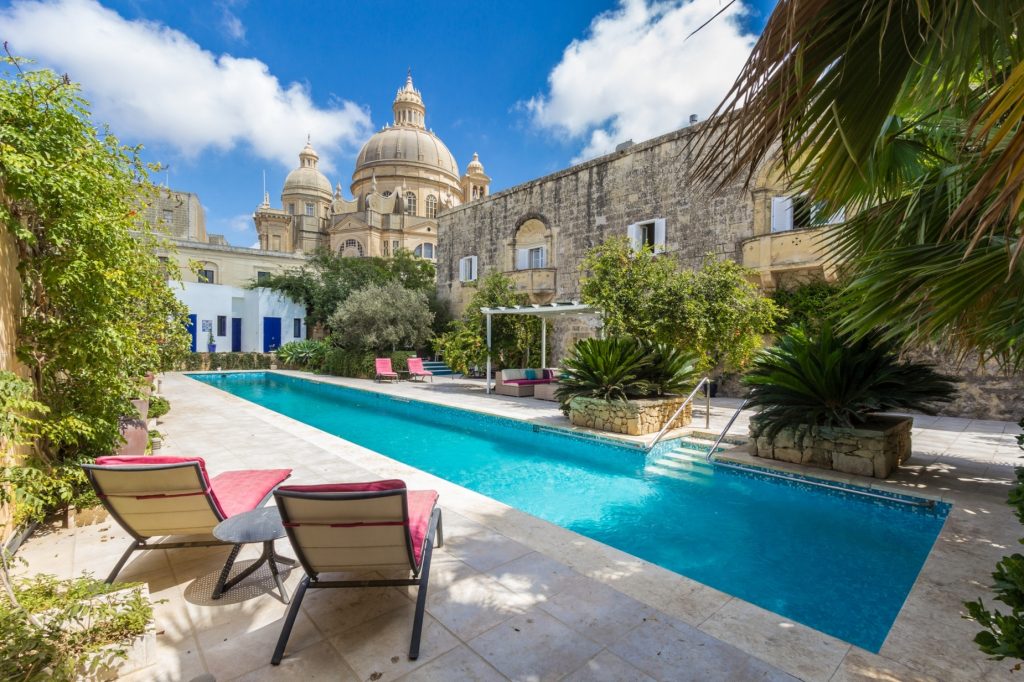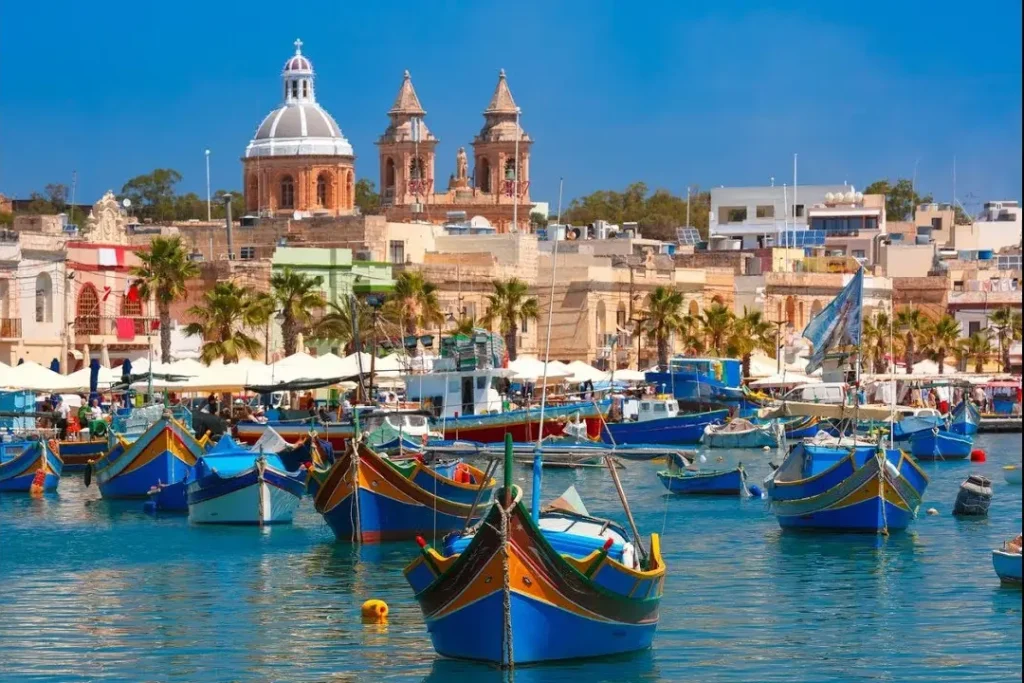Malta’s housing market is in a different league in 2025. Geopolitical stability, full EU membership, English language, transparent tax system, flexible residency regimes. All these have turned the country into one of the most predictable and manageable residential investment destinations in Europe. Why you should buy property in Malta, let’s talk in the article.
A market that isn’t “wagering” – it’s growing
The growth of property prices shows a steady dynamics. According to the NSO, over the last 10 years, the cost per square metre has increased by 84%. For the years 2023-2024 alone, the increase was 12.3%. Local analysts do not predict a downturn – demand does not go away even with the tightening of mortgage lending conditions. Why buy property in Malta in 2025? Because it’s a chance to get in before global investors come in and prices rise.
Malta’s property market is structured and transparent. Transactions are registered, monitored by government authorities and only licensed operators are authorised to operate. This eliminates the grey schemes inherent in the less mature housing sector of Southern Europe.
Investment climate
 Malta property yields from 4.5% to 7.8% per annum when rented out, depending on the region and type of property. Particularly stable are properties included in the SDA of Malta – properties available to foreigners without restrictions. Areas such as Tigné Point (Sliema), Portomaso (St. Julian’s), Fort Cambridge (Gzira) show high occupancy rates and minimal downtime.
Malta property yields from 4.5% to 7.8% per annum when rented out, depending on the region and type of property. Particularly stable are properties included in the SDA of Malta – properties available to foreigners without restrictions. Areas such as Tigné Point (Sliema), Portomaso (St. Julian’s), Fort Cambridge (Gzira) show high occupancy rates and minimal downtime.

Return on investment is enhanced by tax incentives. There is no property tax in ownership, reduced rate on sale after 5 years of ownership. There is also no capital gains tax on inheritance.
Why buy property in Malta – because the investment works, does not idle and does not require daily attention.
Relocation and status: not emigration – a strategic choice
Immigration to the island is no longer a complicated bureaucratic quest. The residence permit and residence permit programmes for investors operate under a simplified scheme. Minimum €300,000 investment in property, annual proof of income and no permanent residency requirements.
Along with Portugal and Cyprus, Malta remains one of the few EU states offering the real prospect of citizenship through investment. It is not just a visa – it is free access to the entire EU territory, visa-free regime with 180+ countries and access to the European banking system.
Why buy property in Malta – because with the object comes legal status with European rights.
Why buy property in Malta: geography with numbers
The island demonstrates stable price growth even during periods of global turbulence. The geography of demand is shifting towards premium neighbourhoods and niche locations with long-term potential. Statistics confirm: investment activity is increasing across the country.
Regions with the highest value growth over the last 24 months:
- Julian’s – +11,2%.
- Sliema – +9.8%.
- Valletta – +13.5%.
- Madliena and Swieqi – steady demand for luxury villas.
- Gozo – +7.1%, but with potential up to 15% due to the growing interest in ecotourism.
The market offers three key segments: heritage properties in the city of Valletta, modern apartments by the sea (SDA-zones), and secluded houses on Gozo. Maltese property shows itself as a tiered investment system with different exit scenarios and returns.
Who buys and why
The profile of investors in the Maltese market has changed. Instead of private buyers from the UK and Italy, institutional investors from Germany, UAE and Hong Kong have become more active. The interest of Russian-speaking clients is growing – they are attracted not only by coastal apartments, but also by long-term residency programmes.

Investing in the island’s real estate assets is a way to preserve capital, formalise residency, receive income and earn on the growth of value.
Why buy property in Malta: the main advantages
Malta is not just a holiday resort, but a strategic investment platform with a European passport of credibility. In 2025, the residential investment platform offers a combination of fast transaction, tax advantages and stable income. This destination is chosen for its comfortable climate, financial efficiency and legal security. The benefits of investing in Malta property are not an advertising slogan but an economic model:
- Fast entry: deals are processed in 3-4 weeks.
- Transparency: clear legal framework and register of transactions.
- Access to residence permit and residence permit for investments from 300 000 €.
- Growing market: +12% per year.
- Multi-currency income: rent is in euros.
- Portfolio diversification: a liquid asset in a stable jurisdiction.
- Tax incentives: no property tax.
- Flexibility: rent, sell, inherit without loss.
- High demand: all year round, including from digital nomads and freelancers.
- Geographical point of the EU with access to Africa and the Middle East.
Buying a home is not just an investment, but a strategic step towards financial freedom. It combines the stability of Europe with the flexibility of a global approach. You are investing not only in square metres, but also in freedom of choice, status and future. Why buy property in Malta – because it works as a tool, not a burden.
Minuses to consider
Disadvantages present. The local market is limited in area – the total area of the state is 316 km². Active development reduces green areas, and the infrastructure load is growing. High competition among landlords in the high-end segment reduces margins without quality service.
Some neighbourhoods have limited building heights, which affects density. In addition, there is traffic congestion during the peak season, especially on the Valletta – St. Julian’s line.
Why buy a property in Malta even with these – because the downsides are predictable and manageable.
Conclusion
 Why buy property in Malta in 2025 – because the ground is ripe for confident investment. The country is ready to receive international capital and the market structure provides transparency and flexibility. It’s not just an island, it’s a key new European location.
Why buy property in Malta in 2025 – because the ground is ripe for confident investment. The country is ready to receive international capital and the market structure provides transparency and flexibility. It’s not just an island, it’s a key new European location.
 en
en  ru
ru  de
de  ar
ar  es
es  hi
hi  fr
fr  nl
nl  it
it  pt
pt  el
el 



